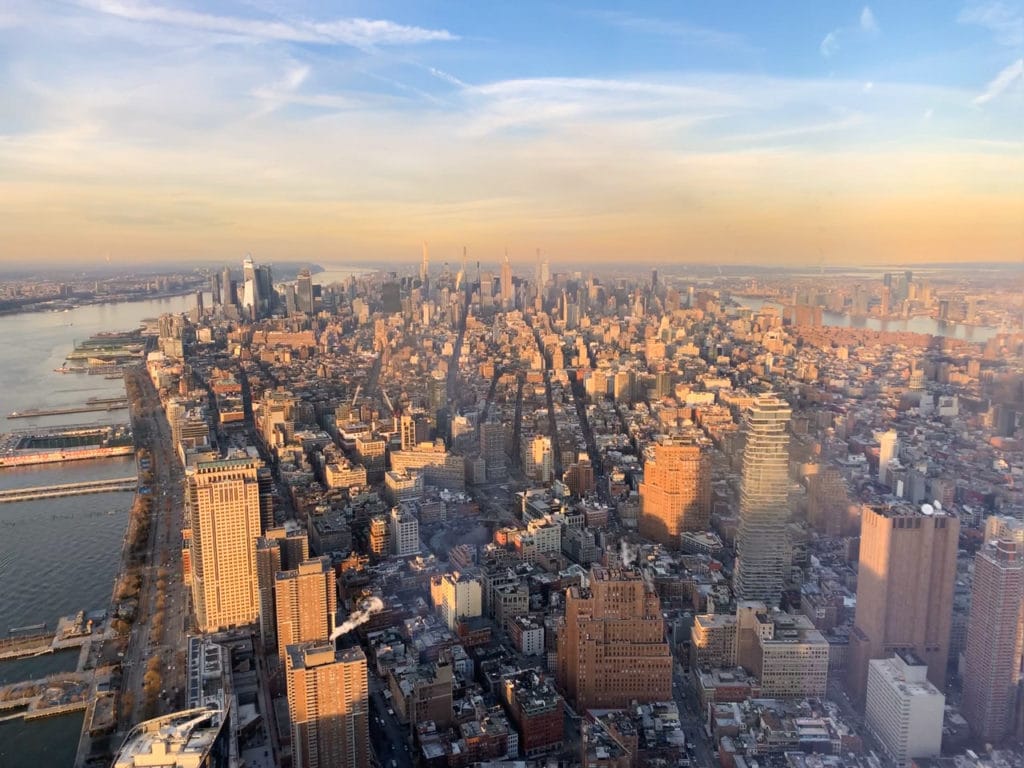
In March of 2020, I received an email from the university where I teach, telling me to prepare for remote teaching immediately. Within a couple of days, Matt’s university sent out the same message. Instantly, our living room became our shared office, and we’ve now spent nearly the last year within a couple of feet from each other.
What struck me in the beginning was how normal our new routine felt. Matt and I met in Japan and taught English abroad together and that means, as anyone who’s done this as a couple can confirm, A LOT of together time.
We also, luckily, have enough space in our living room for two desks. They sit across from each other, which reminded me of a workspace we had in South Korea, where our school principal gave us desks in the hallway, arranged in much the same way.
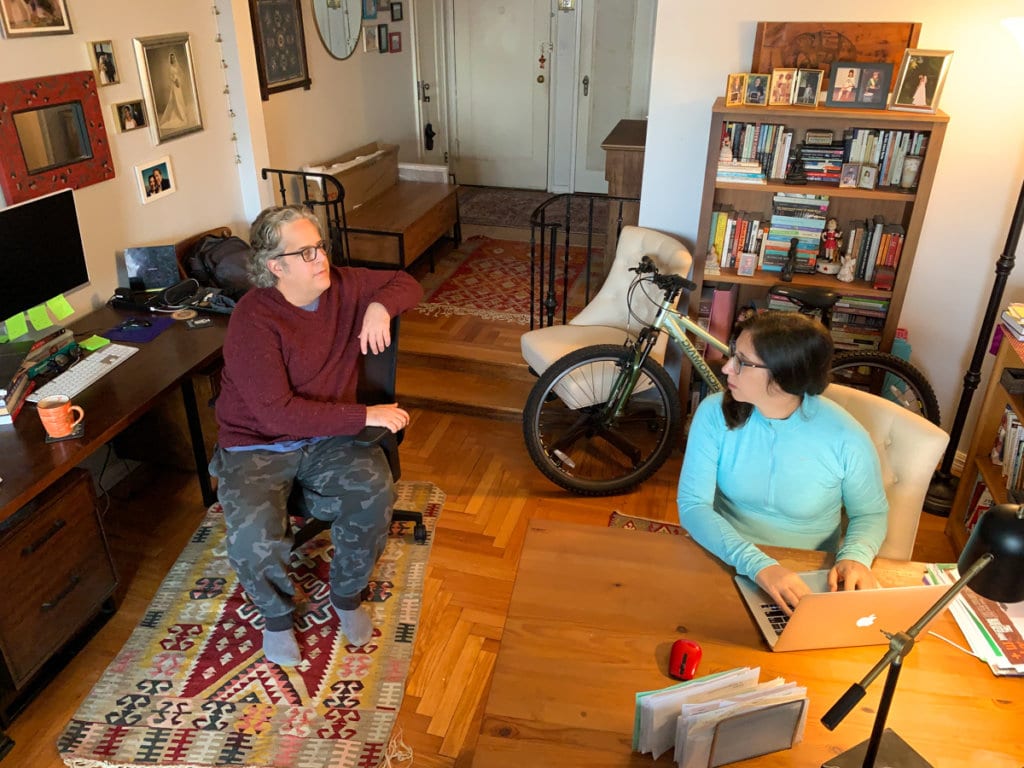
The fact that we were living in a global pandemic was scary and surreal, but I took comfort in our work arrangement, and I started thinking about all the other ways–unrelated to the pandemic–that living abroad had prepared me for life in New York City.
My list went on and on but I’ve narrowed it down here to seven. I’ve also included some of my favorite tips for living in NYC.
1. You can fall in love with a city like it’s a person

We lived in Istanbul for two years and my fondness developed slowly and steadily. But soon enough, once I felt I had visited all of the major tourist sites, I realized I was content just to be in its company. On weekends, I was often too busy grading or lesson planning to go out and do much of anything and by Sunday, I needed a fix.
To accomplish this, Matt and I caught the commuter ferry from where we lived in Sariyer and simply rode it to its final destination in Eminönü, only to turn around and come right back up the Bosphorus and back to Sariyer.
I still remember the thrill of sailing in between two continents, the views of old Ottoman mansions and mosque minarets rising up on slight hills, and the passengers who gathered at the ferry’s railing to throw bits of simit to the seagulls.
If we were very lucky to be on the ferry at sundown, this would all take place against a rosy sky while snippets of the call to prayer carried from the mosques and bounced across the water.
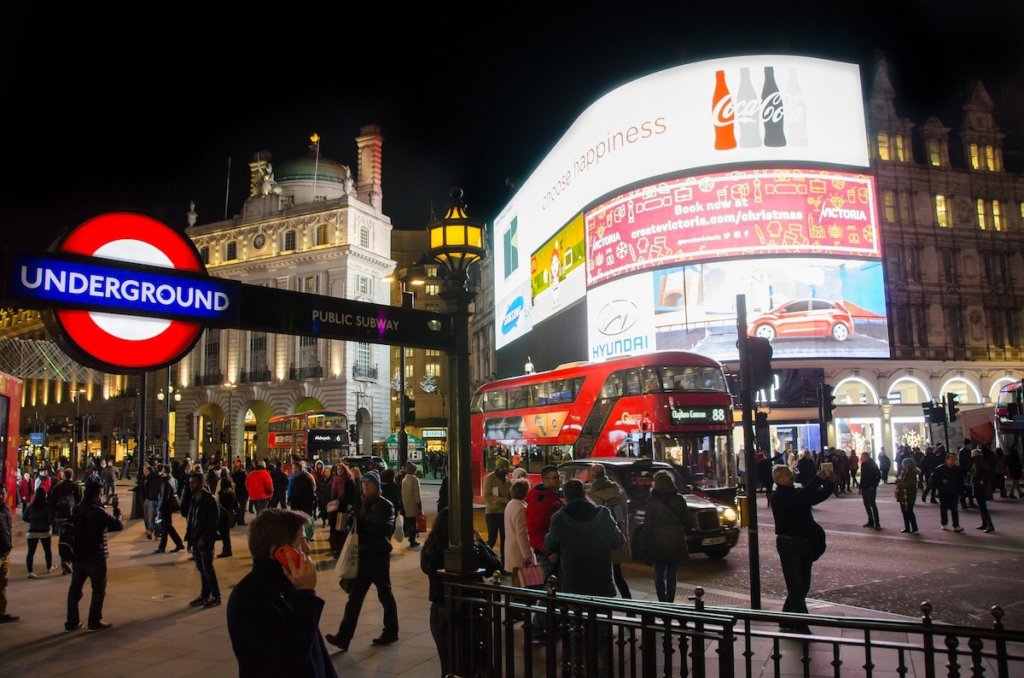
This wasn’t my first time falling in love with a city. After college, I lived in London for a fleeting six months, only returning home to upstate New York because my work visa expired. Back home, I couldn’t bear to even unpack because I didn’t want to admit the trip was done and I’d never live in London again.
I still think about London, particularly if I hear an Oasis song or, inexplicably, catch a whiff of diesel fumes from a passing delivery truck—but it’s usually with a fond nostalgia rather than the ache that once blocked me from unpacking my bags.
And now I have New York, a city I fell in love with even before I imagined I might travel to such far-flung places as London and Istanbul.
The first summer we moved to NYC, I didn’t want to leave, even for a weekend, because I didn’t want to miss a moment of the outdoor movies, concerts, and festivals that make up summer in New York City. Now I’ve been here for 12 years and time has tempered my initial obsessive love, though it does rise to the surface occasionally.

Here are the surest ways to fall in love with New York City.
- Walk across the Brooklyn Bridge at sunset. Head toward Manhattan for the best views.
- Take the Staten Island ferry (it’s free) and sail past the majestic Statue of Liberty.
- Take in stunning views from up high. I love the observation decks at the Empire State Building, Rockefeller Center, Edge at Hudson Yards, and One World Observatory.
- Sip on cocktails at a rooftop bar.
- View American art at the Whitney Museum and then walk along the High Line.
- Once you’ve hit the major tourist attractions, start exploring the non-touristy things to do in NYC. Nothing makes you fall in a love more than something you want to keep a secret!
2. Each neighborhood is a universe unto itself
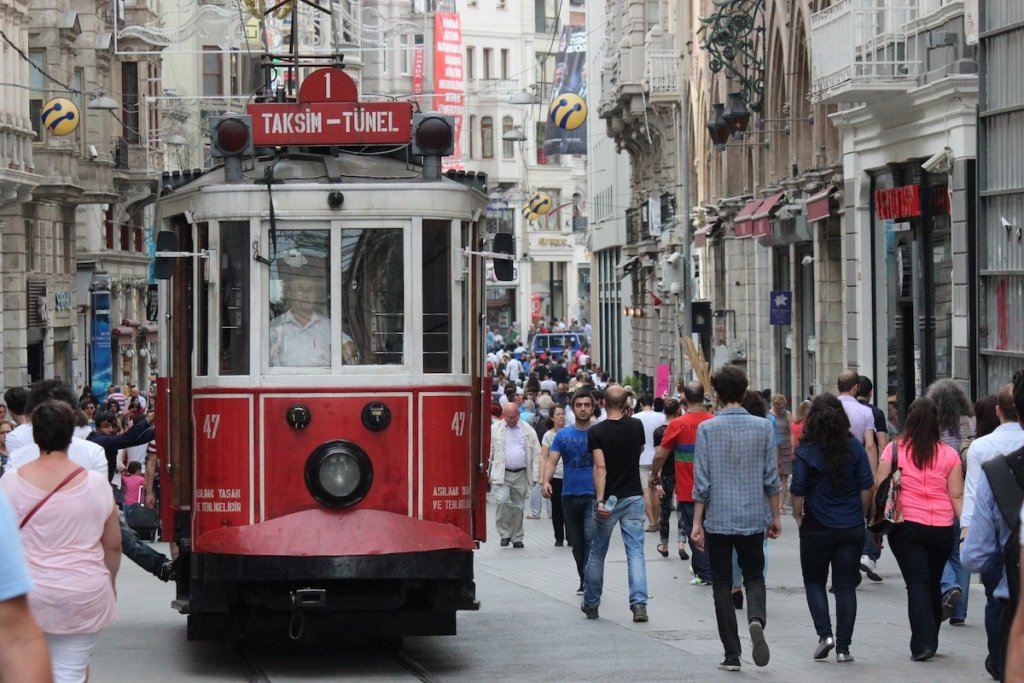
There’s no way to categorically define one New York, just as cities like Istanbul and Ho Chi Minh City can’t be summed up succinctly. They all contain multitudes and the only way to sort that out is neighborhood by neighborhood, one step at a time.
In Istanbul, I worked at Koç University and lived in nearby Sariyer, located on the European side of the city in the northernmost district. It’s where the Bosphorous meets the Black Sea and though it is heavily populated, it more closely resembles a crowded fishing village than a cosmopolitan city.
On our weekly shopping rounds, it was possible to load up on fresh fruits and veggies at the outdoor market, then stop by an anchored fishing boat and purchase freshly caught balik, gutted if I requested (I did) and neatly wrapped in newspaper for me to take home.
Sariyer was a far cry from the trendy shops and cafes along Istiklal, or the antique shops and high end boutiques of Kadikoy, or Fatih, where the narrow cobblestone streets lead to Chora Church, a Greek Orthodox church which was built during the Ottoman era and now functions as a mosque. But each neighborhood supplies a piece of the puzzle that makes the city a whole.
In New York, we live in Inwood, which is Manhattan’s northernmost neighborhood. I guess you could say it’s the Sariyer of Manhattan, not because I can purchase fish straight off the pole but because, in both proximity and neighborhood culture, it’s a long way from the glittering glare of Times Square, or the hip restaurants combined with historical homes of the Lower East Side.
Here in Inwood, we have some of the best nature in NYC. The last remaining natural forest in Manhattan is here and you can actually hike up into the woods. There’s also a canoe club. We have tons of Dominican restaurants that people travel from far and wide to patronize, and we have cultural gems like The Cloisters and the Dyckman Farmhouse Museum.
Like Istanbul, each neighborhood is its own contained entity. If you want to experience a bit of that, here are some neighborhoods to check out.
- Manhattan: Harlem, Lower East Side, Chinatown
- Brooklyn: Dumbo, Bushwick
- Bronx: Grand Concourse, Little Italy on Arthur Ave.
- Queens: Jackson Heights, Flushing
3. Some of the kindest people live in big cities
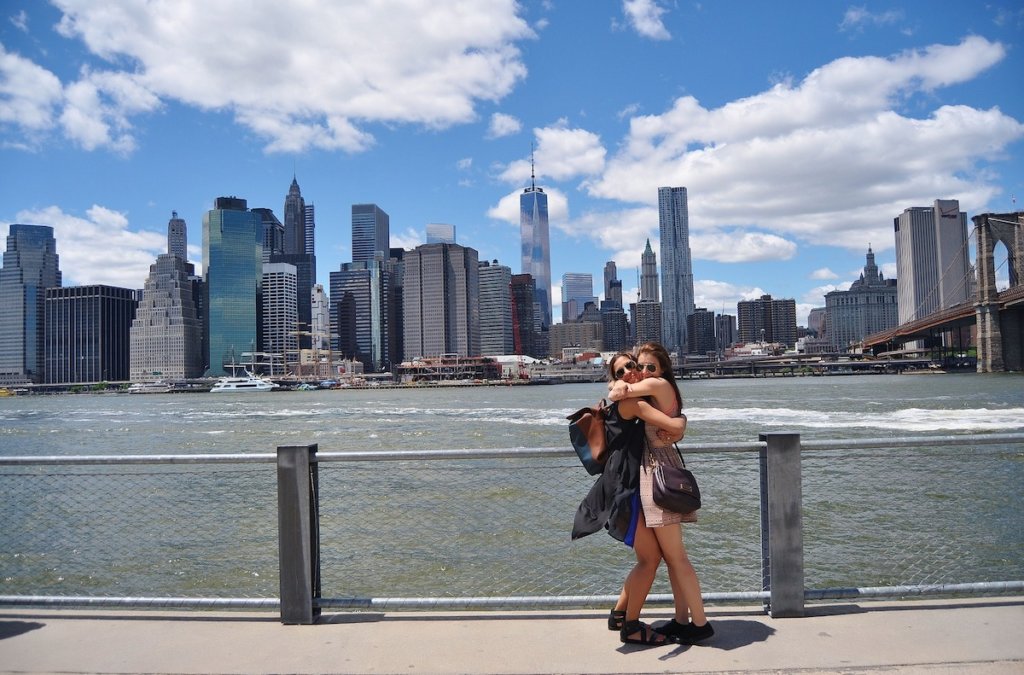
In my experience, it’s a myth that New Yorkers are categorically unfriendly. I mean, do we show annoyance at seemingly minor infractions like blocking passage on a sidewalk or taking up more than one subway seat per person? Of course—this is a densely populated city and we have to work together to keep things moving along, people!
But, honestly, I’ve felt a warmth in my fellow New Yorkers from the day we moved to the city.
Everyone knows when a new person is moving into an apartment on your floor. When we first moved to New York City, our new neighbors didn’t hesitate to introduce themselves, share tips and advice, and generally welcome us to the neighborhood. One couple even gave us a small kitchen table set that they didn’t need, delivering it right to our door.
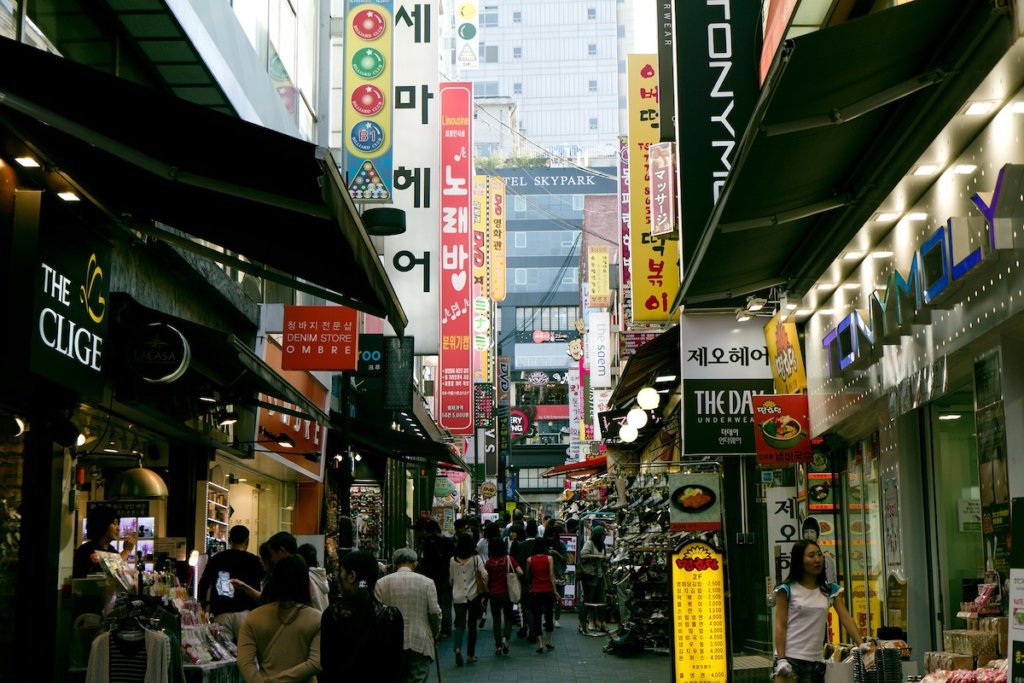
I experienced the kindness of strangers while living abroad more times than I can count, but one of my most memorable experiences happened in South Korea. Matt and I were living in a city called Suwon, located about 30 miles south of Seoul.
On a day of unexpectedly heavy rain, we were crossing the street near the hagwon where we taught English, completely unprepared and having zero umbrellas, just getting drenched in the deluge. Two young women stopped us in the middle of the crosswalk and, without exchanging words in Korean or English, insisted on giving us one of their umbrellas.
I’ve never forgotten that simple act of generosity.
Things like this happened daily in Ho Chi Minh City, Vietnam, where I spent a year working with teachers as part of the English Language Fellow Program. Rarely a day went by without a colleague offering me a ride home on her motorbike, inviting me to lunch (where, try as I might, they would not allow me to pay), or offering to spend their valuable time showing me around their favorite spots in the city.
And on Sunday afternoons, our landlady often walked upstairs from her apartment and knocked on our door, offering us some of the steaming hot Bánh xèo crepes she’d just made.
I think these experiences took the anonymity out of big cities for me, washing away the stereotype that only in small towns can people take care of each other. Large cities like New York are, I think, the biggest little towns of all.
4. Underground transportation is universally confusing
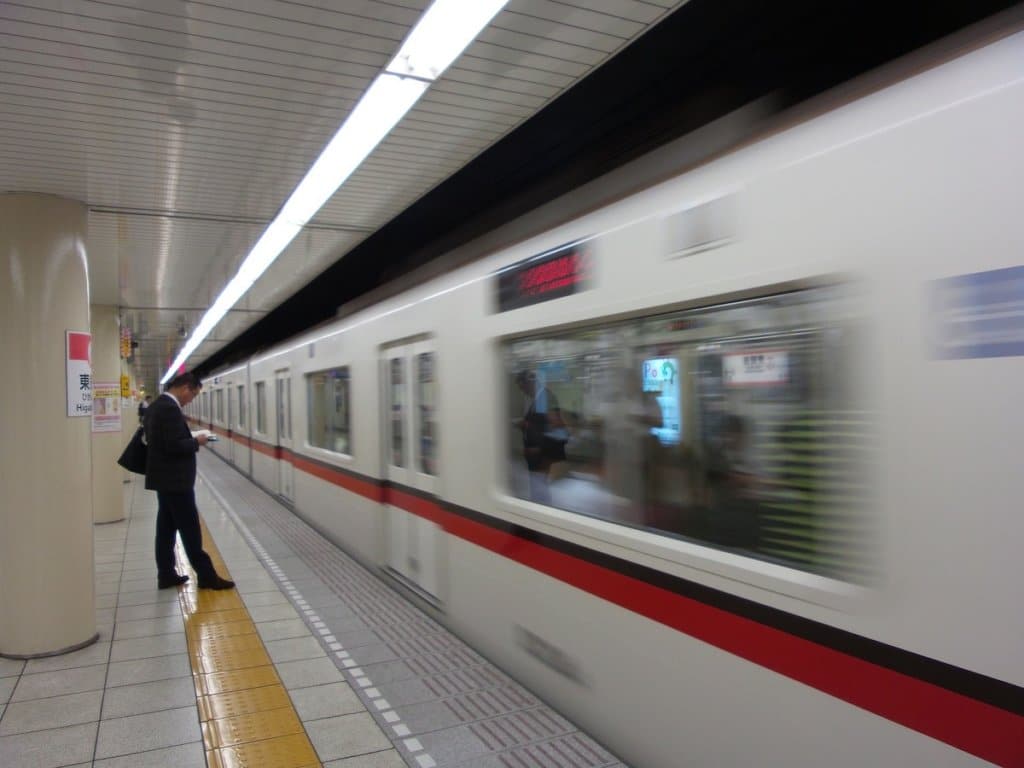
Listen.
This is just one person’s opinion. I grew up in rural upstate New York where—and I can’t stress enough how true this is—my sister and I used to ride our neighbor’s horse to the convenience store a few miles away, just for something to do. There were no trains or buses, even if I needed one.
Needless to say, I never got the feeling for understanding subway maps or timetables, or when to pull the wire thingy when I want the bus to stop. On the other hand, Matt grew up in a few different U.S. states and comes from a map-loving family, so he gladly takes on the challenge of getting around in a new city.
But as for me, I feel I never really developed a good internal GPS system, and that really showed when I began to travel.
My first experience with underground transportation was in London, where, when I first looked at it, the tube map was just a multi-colored collection of lines going nowhere, with different prices for different geographic zones that I couldn’t make sense of.
In Japan, a similar sense of confusion was only heightened by my failure to understand both the written and spoken language. I didn’t know where my train was going and though I learned how to ask for help, I could rarely understand the response.
By the time I moved to New York City, I understood the subway would be my temporary enemy until it revealed itself to me more clearly.
My biggest obstacles were identifying uptown vs. downtown platforms, figuring out local vs. express trains, and knowing how you’d arrived at a particular station when you couldn’t see any signs or understand the crackling announcements the conductor made.
After years of living in New York, I am still often confused by route changes that are brought about by subway maintenance, but I am much more confident that I won’t step onto the train and be swept away into some abyss of confusion.
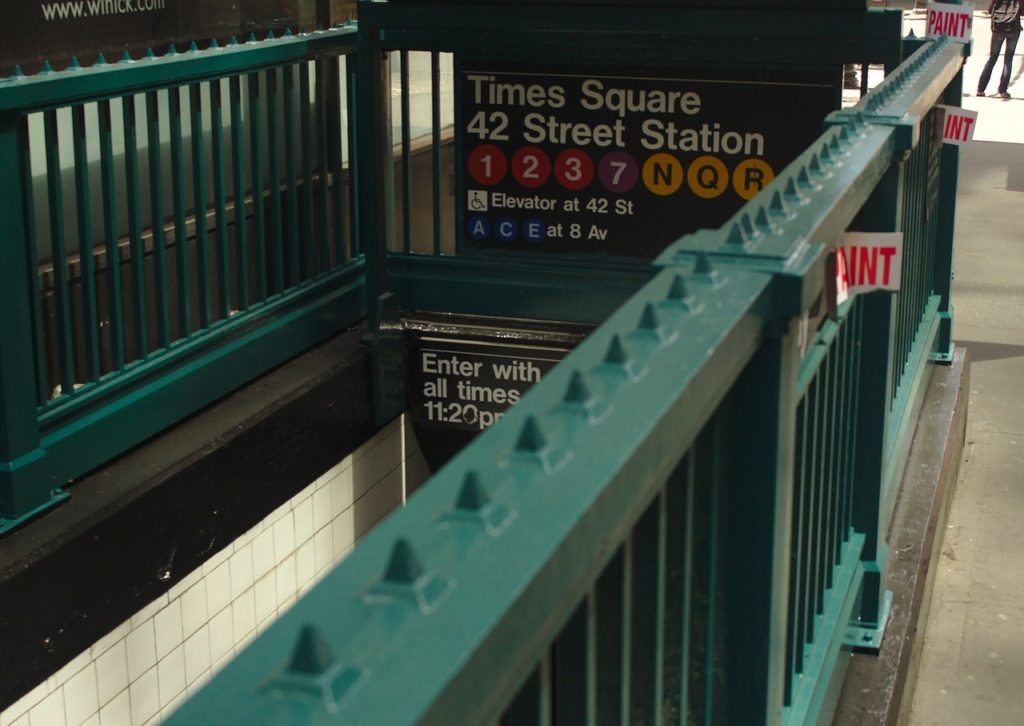
If you are new to the New York City subway, there are a few things you can do to mitigate confusion.
- Plug your route into Google maps. If a certain train isn’t running, it won’t be mentioned as an option.
- Check with mta.info to see if any subway lines have planned maintenance and route changes.
- You may complete steps 1 and 2 and still arrive at your subway platform only to find the train has been delayed or unexpectedly rerouted. In these circumstances, you have options:
- Wait it out and hope the train eventually appears. This would be one of those authentic “local” experiences that guidebooks like to promote, complete with seething, cussing New Yorkers.
- Find a different mode of transportation, whether it’s a train, bus, taxi, or ride service.
- Honestly, it’s probably just faster to walk. You can sit for days in a taxi, especially if it’s rush hour.
4. Once you’re safely on the subway, don’t hesitate to put questions out into the subway universe. Useful language may include the following:
- “Is this train going uptown/downtown?” (Try to ask this before the doors close, in case you are, in fact, on the wrong train.)
- “Which station is this?” (If you don’t see any clear signs as your train pulls into a station, ask away.) Related question: “How many more stops to [Times Square]?” (That way you can just count stops instead of trying to spot the well-hidden signage at each station.)
- “Can someone tell me where to change trains to get to [Rockefeller Center]?” (This is potentially an advanced question. Someone may start rattling off which stations are best for transfers because it’s the shortest walk between trains, or it’s a Tuesday, or something else unrelated to your life. Just tell them you’re new and ask for the most direct route.
If no one answers your inquiry right away, repeat the question while making eye contact with a fellow passenger. They are then compelled to answer or, if they don’t know, pass the question on to someone who does.
Someone on that subway car, I guarantee you, has encyclopedic knowledge of the subway system that they’d be glad to show off for you.
5. Underground transportation is a window to the community
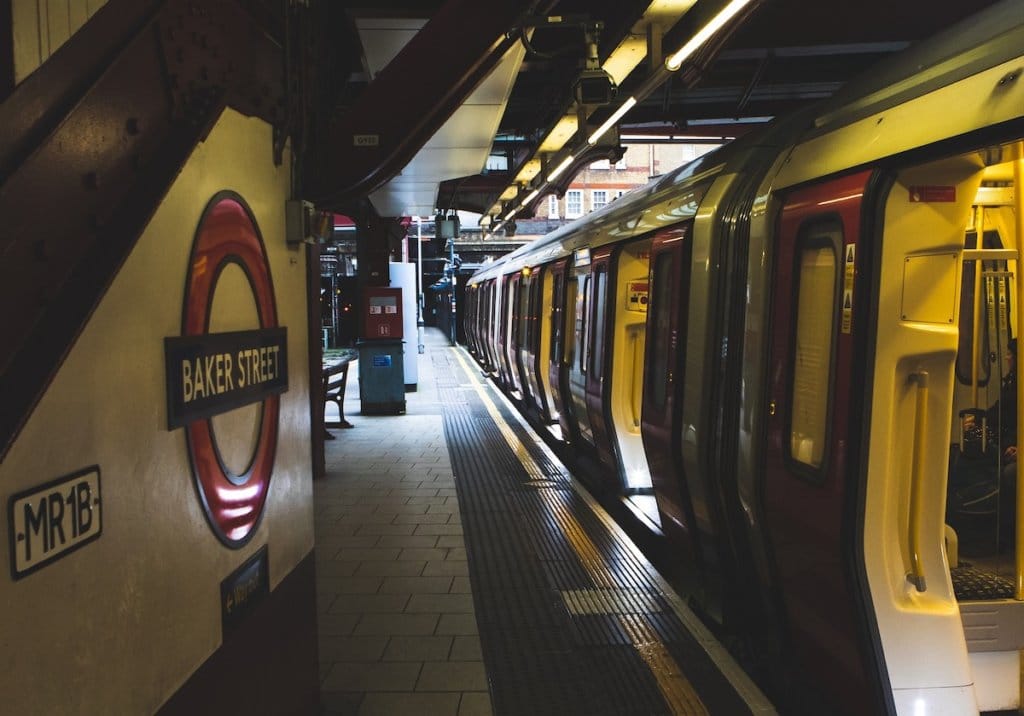
Yes, the subway comes with occasional hardships but I would never recommend avoiding underground transportation. It is the life force of a city and also where you gain insight into a place by observing mundane daily life.
On my morning commute to work on the NYC subway, I see parents taking their little ones to school or daycare. I see older students with textbooks open in their laps, hurrying to finish their homework on the way to school.
On the way home, those same kids, gleeful to be out of school for the day, playfully tease each other or shout down the length of the subway car to their friends. At times like this, it resembles a local school bus more than a subway.
It was on the tube in London that I first felt this sense of community. I lived in an area called Manor House, located in the north of the city (once again, the Inwood of London. I’m starting to see a pattern here), and commuted to Canary Wharf, where I worked as a barista at Seattle Coffee Company which, from what I heard, eventually became a Starbucks.
I realized very quickly that I encountered pretty much the same people every day, on the same train car, performing their own daily rituals of reading the paper or listening to music, or simply staring into space and preparing for the day.
And while that seems like a little thing now, it went a long way toward making me feel like a part of the daily grind. As soon as I moved to New York, I recognized that almost intimate feeling of sharing this brief part of my day with strangers.
6. Life is at its most interesting when it is lived outdoors
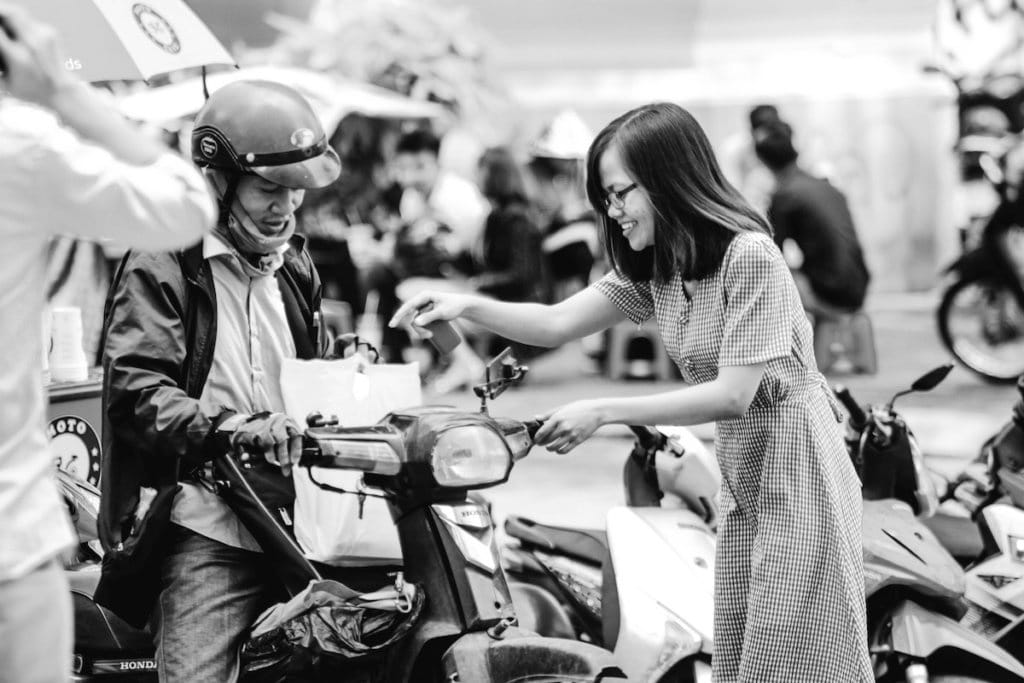
The tropical climate makes Ho Chi Minh City an easy example of this. Beginning well before sunrise and lasting all day, the city streets are hives of activity.
Vendors wheeling pushcarts heaped with colorful fruits and vegetables call out their wares. Motorbikes speed endlessly past, sometimes so overloaded that the driver seems virtually swallowed up. Uniform-clad kids bound for school walk arm-in-arm, and cafés and restaurants always seem full, their tables spilling well out onto the sidewalks along with the din of eating and conversation.
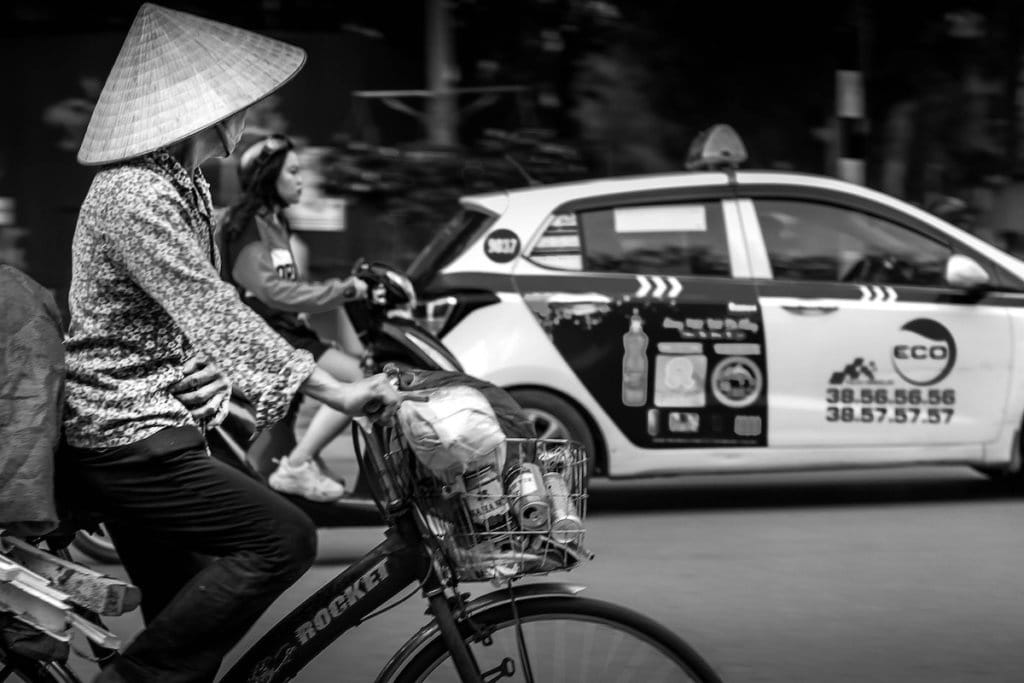
There’s also a constant presence of neighbors socializing with neighbors. Outside my apartment, in a narrow alley, I could always count on a group of ladies, their multi-colored plastic chairs pulled close together in a circle, chatting and laughing.
It’s hard to feel lonely in a city that’s constantly moving, constantly buzzing.
Among other things, the climate in New York City makes the intensely outdoor culture of Ho Chi Minh City impossible, but the parks and outdoor spaces here are still the absolute best places to be. There’s nothing like Times Square to soak in the energy of “the crossroads of the world,” or a relaxing afternoon picnic at Central Park.
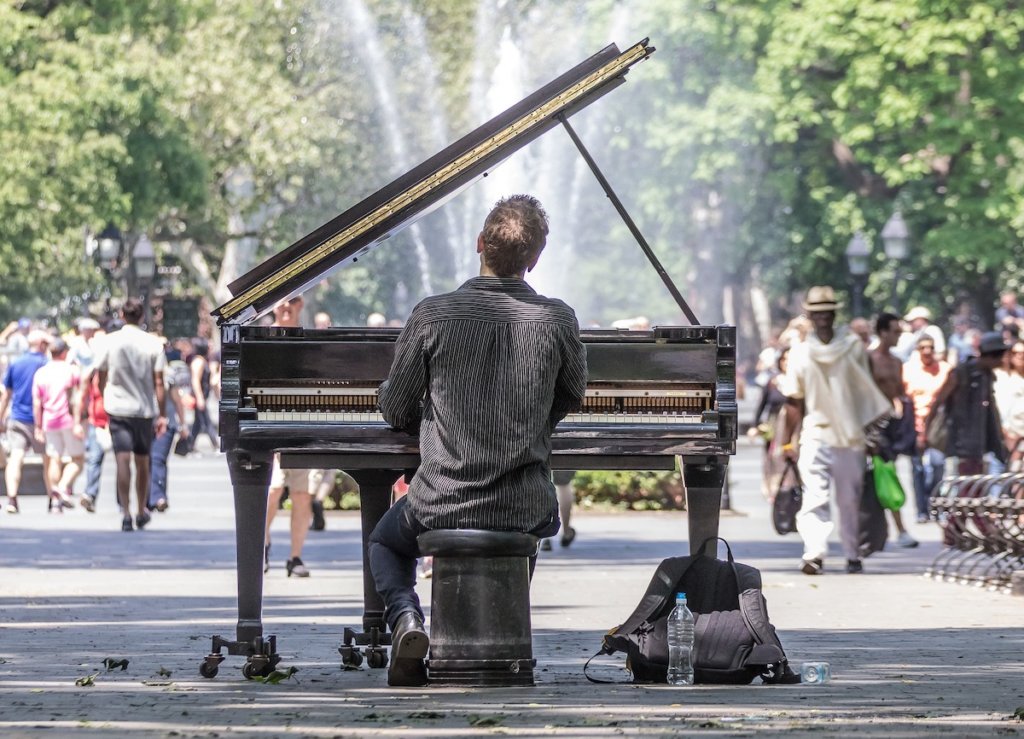
Growing up in upstate New York, I think the weather was more of an issue. Some people can’t deal with the summer humidity and spend the season inside with the air-conditioner. Others hibernate during the cold weather which, where I grew up, can last a good six months some years.
But living abroad helped me understand that weather shouldn’t stop things, and unless there’s a hurricane or other extreme weather event, life marches on. Also, winter in New York City can actually be pretty awesome.
Here are some places to get outside in New York City to watch the world go by.

- Central Park
- Bryant Park
- Washington Square Park
- Coney Island
- Governor’s Island
7. It’s OK to hate a city that you love…sometimes

Like any true love, the novelty eventually wears off and reality sets in. That doesn’t mean your love is weaker. It’s just matured to a point where you can show each other your real selves.
Sometimes I wonder why I live in such a difficult city as New York, like on days when I slip myself sideways onto a crowded subway train, struggling to keep my important body parts off the strangers I am nestled against.
Weather adds further insult. On rainy days, there may be literal steam radiating off everyone’s damp clothes while our umbrellas form puddles at our feet, making it impossible to set down the bags of groceries I overfilled, being jostled by my backpack that’s full of materials for lesson plans I still need to work on when I get home.
On days like this, I feel lucky to have just made it home and I often crawl into bed to recover. But then the sun will rise over the city the next day and all is forgiven.
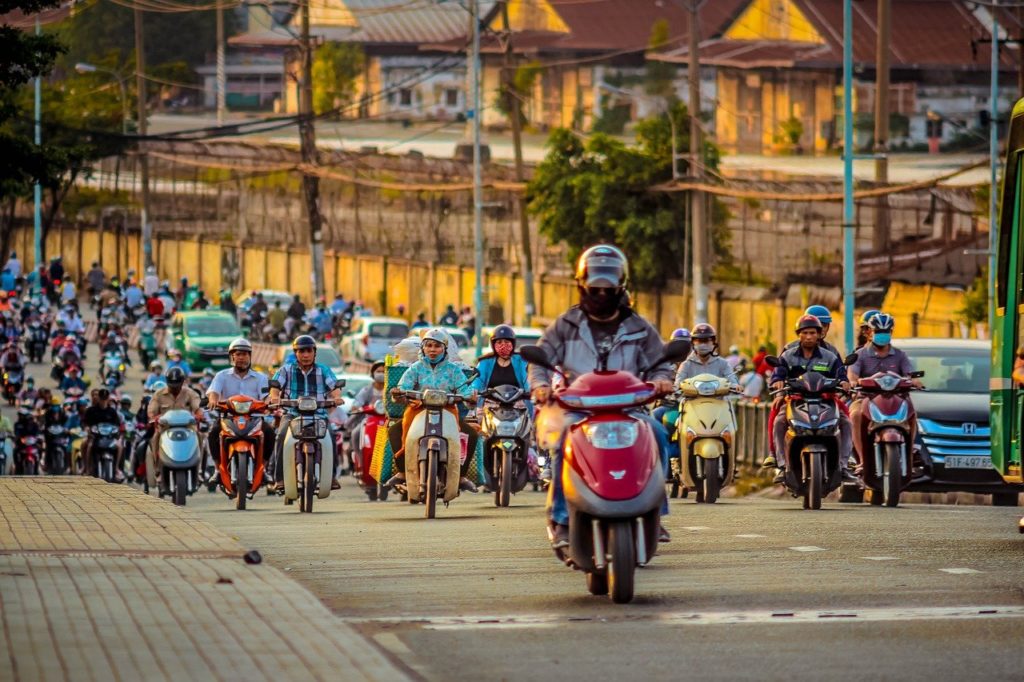
In Ho Chi Minh City, it was the rain, too but also the heat and pollution and traffic. The air was dense with relentless humidity and there was a constant low gray sky that, like clockwork, opened up each afternoon and drenched anyone who didn’t take shelter.
So many motorbikes clogged the roads that anytime I took a motorbike taxi, I had to squeeze my elbows and knees tight into my body so they didn’t knock into other body parts as we all threaded our way through the traffic.
The city’s intensity sometimes stopped me dead in my tracks on my walk to school, my morning shower already overruled by the sweat soaking my blouse, the smell of motorbike exhaust coating my hair and clothes, sometimes even filling my mouth with the gritty taste of it.
It wasn’t until I reached my air-conditioned classroom that I could even begin to cool off and put my thoughts in order.
But then later, the relative coolness of the evening would set in, the skies a little clearer once the rain was out of the way. Matt and I would meet at a sidewalk café and drink café sua da, thick and strong and sweetened with condensed milk, or a freshly squeezed lemonade with crystals of sugar floating to the bottom of the glass.
At times like these, I realized I actually loved the ordered chaos of the motorbikes and the warm tropical air, and any troubles of the day would melt away.
Taking the good with the bad: it’s what true love is really about, isn’t it?